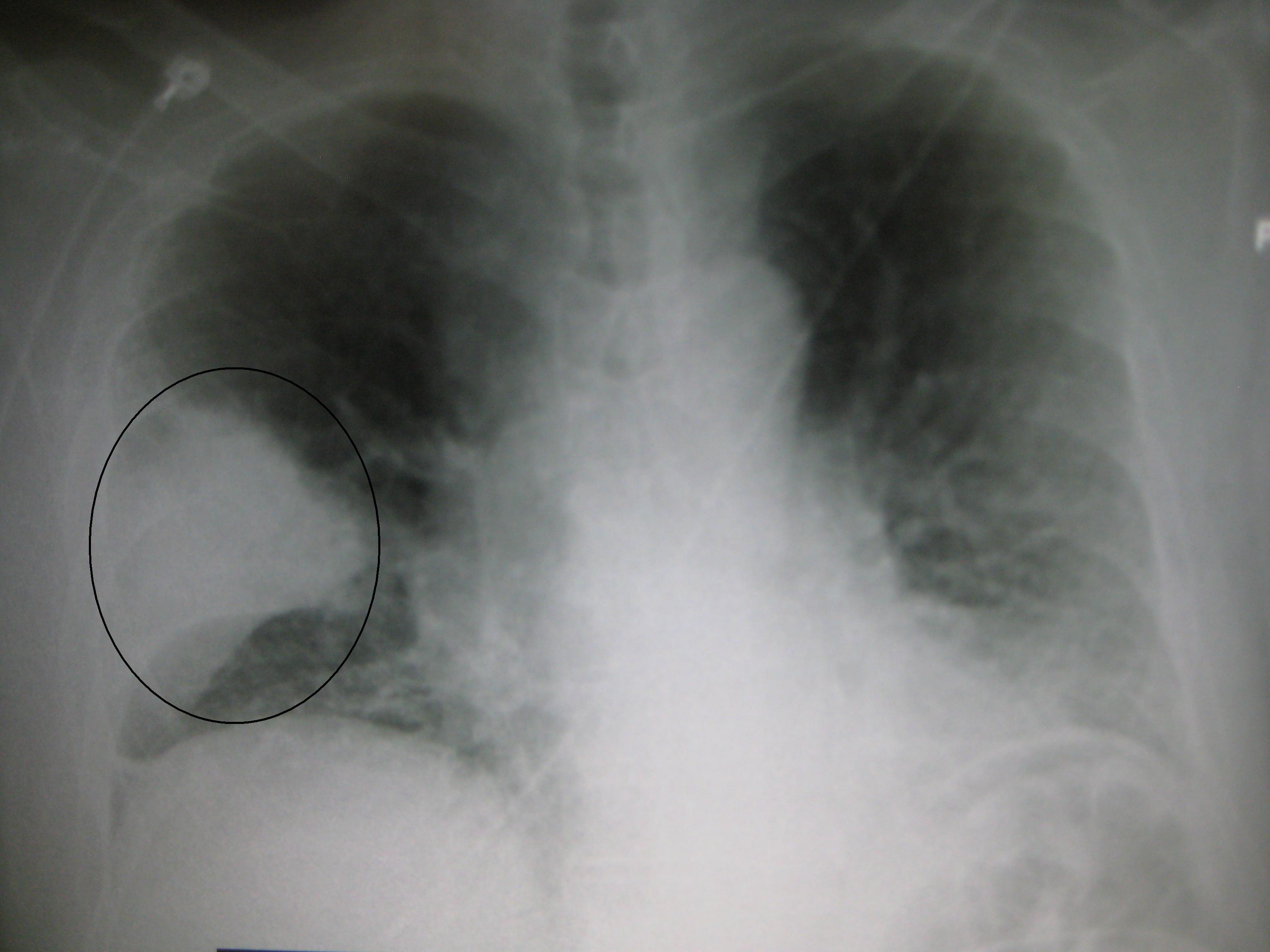Earn Up To $6000 For Participating In This Paid Clinical Trial
8. Chronic Bronchitis

During chronic bronchitis, the cells lining the airway of the lungs become damaged by the nicotine found in smoke. The damaged tissue causes an accumulation of inflammatory cells, which release enzymes that further destroy the cells that line the airway. This causes an increase in the number of goblet cells and mucus production, which is why people with bronchitis regularly cough. Airway obstruction is a common characteristic of bronchitis due to mucus, inflammation and tissue scarring, making it hard for the lungs to fill with air.
7. Pneumonia

People with smoker’s lung are at an increased risk of developing pneumonia. Smoking causes an increase in mucus production, which impairs the ability of the cilia to clear the lungs for air to get in. When coupled with bacteria, inflammatory cells, and damaged lung tissues, the secretions in the lungs are difficult to clear, making it easier for bacteria to flourish. Tobacco smoke further damages the lungs and create an increase in inflammatory cells, which makes it harder for the lungs to fight infection.
